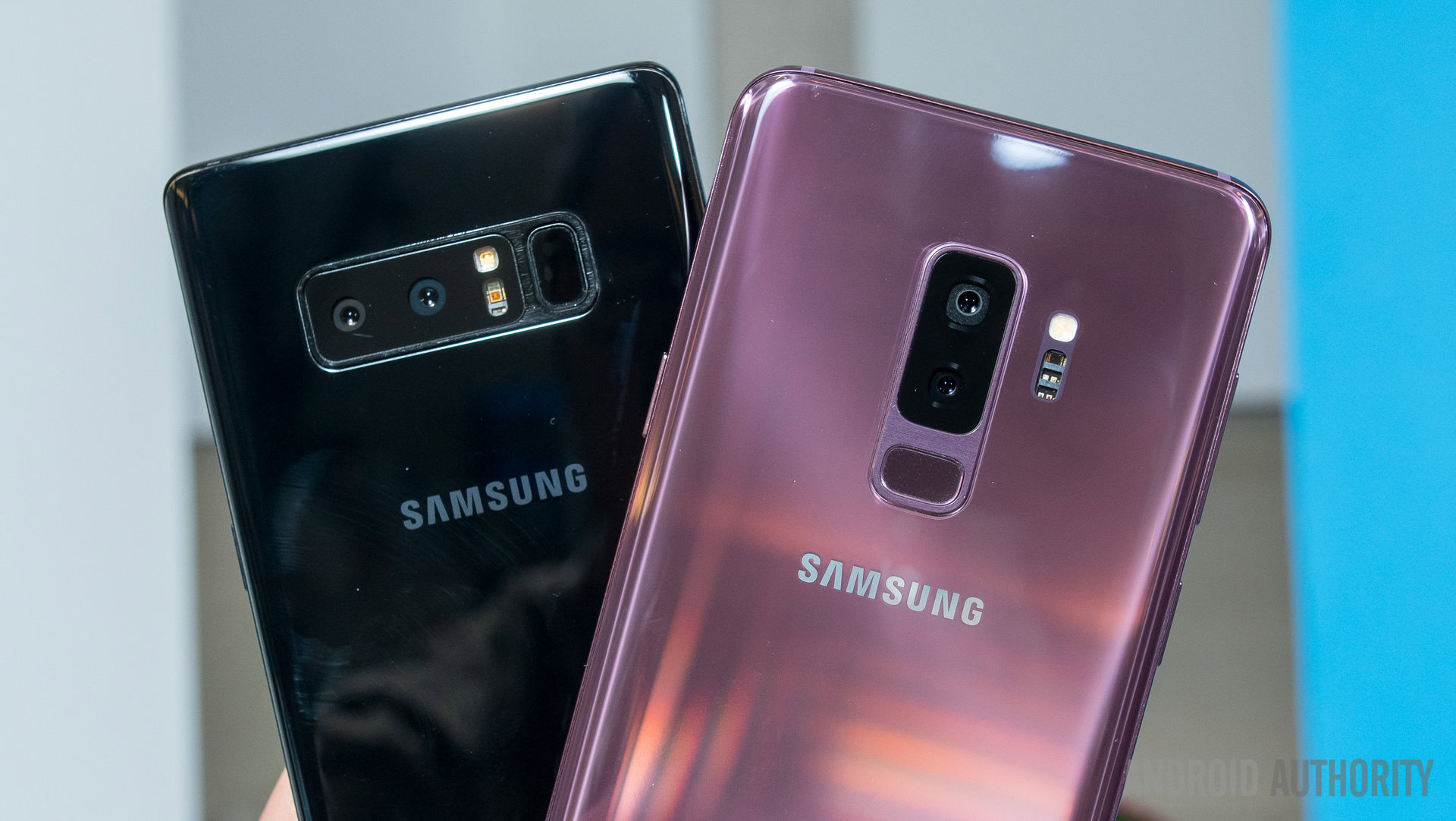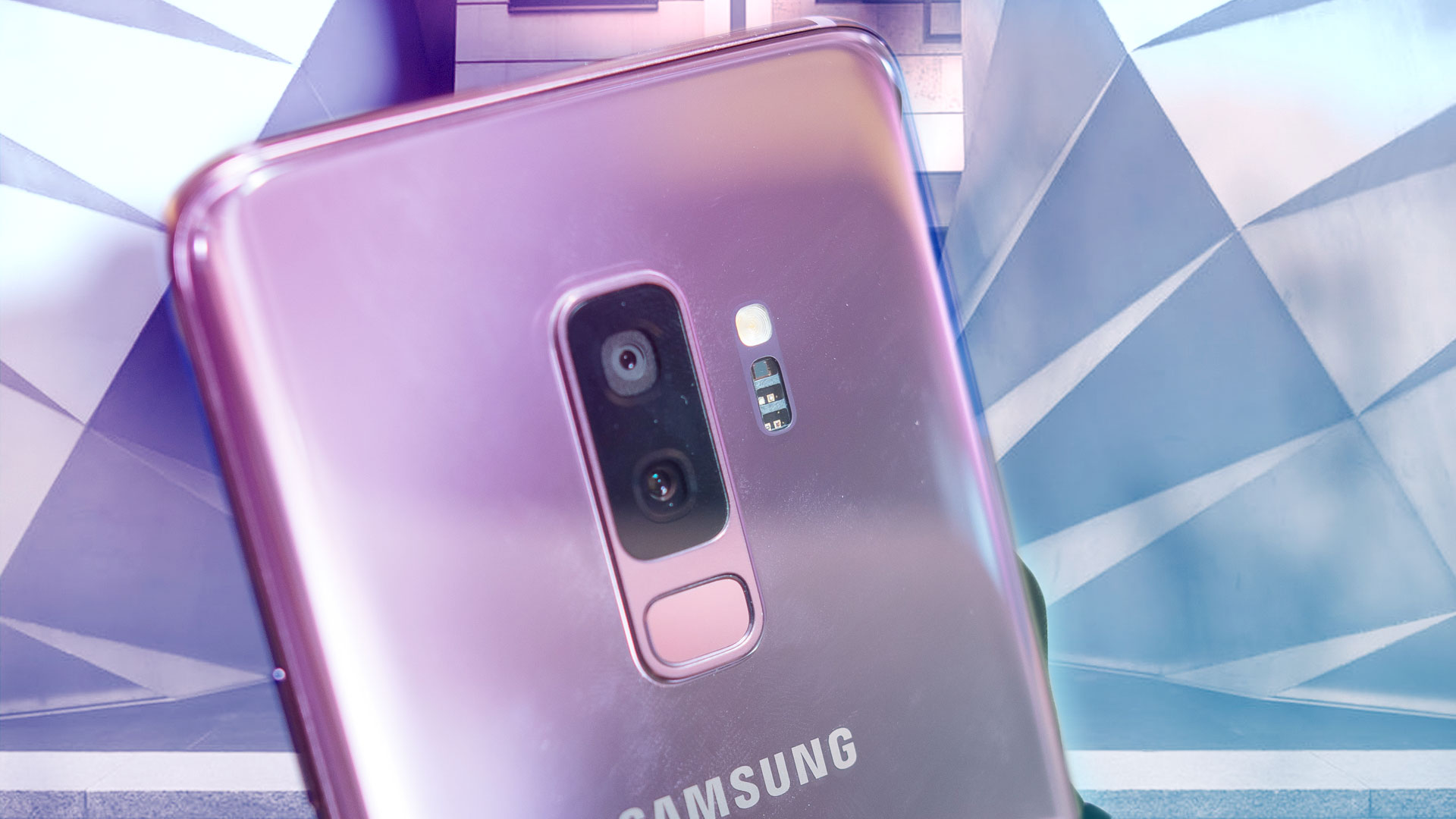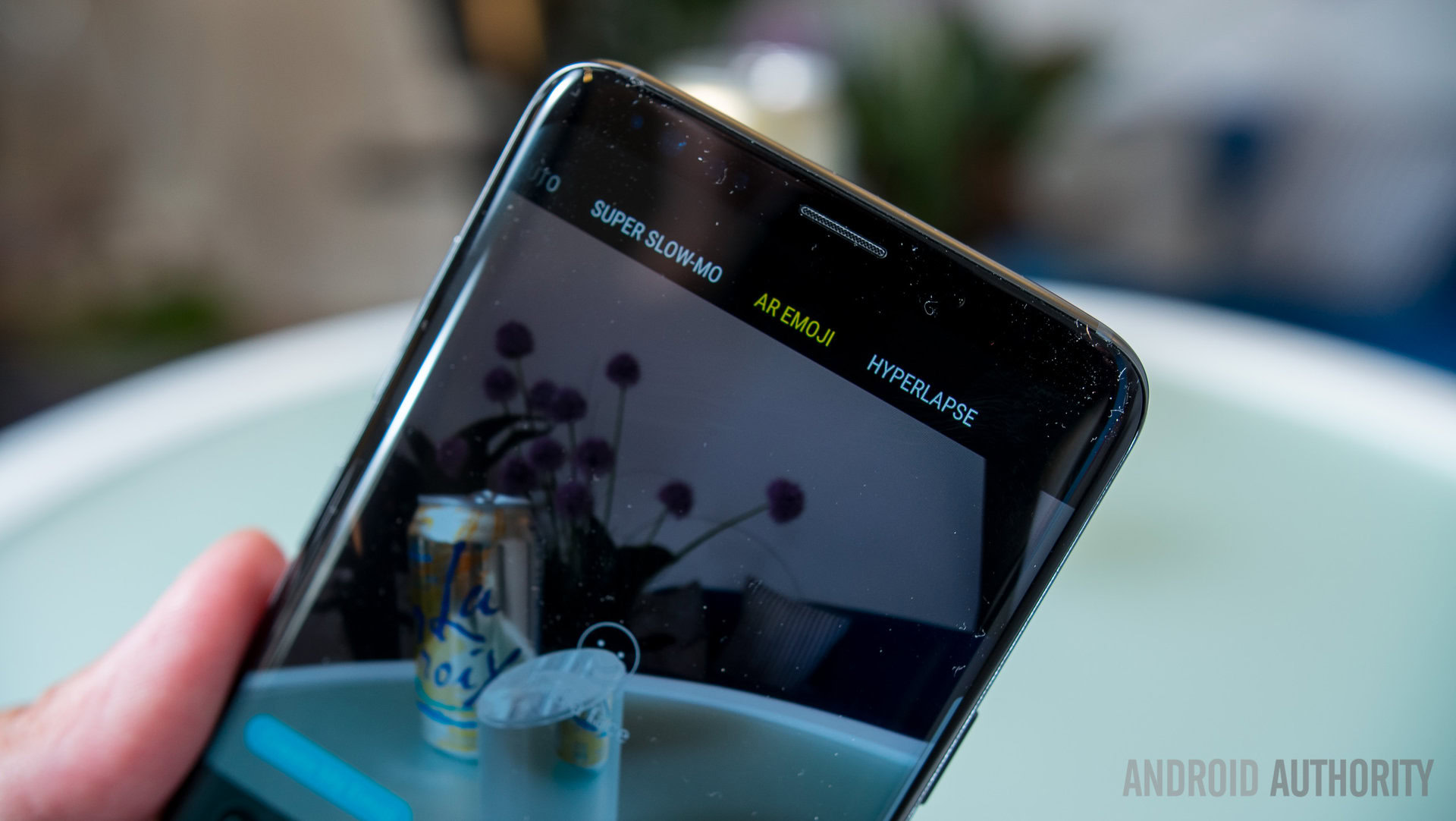Affiliate links on Android Authority may earn us a commission. Learn more.
What the heck is the Galaxy S9's dual aperture?
Editor’s note: A version of this post was originally published on January 15. This post was updated with the latest info from Samsung.
Smartphone manufacturers are forever finding new ways to differentiate and improve the cameras in their handsets, with innovations ranging from powerful new dual-sensor technologies through to superior software processing. This year Samsung looks set to provide another new shooting option for budding photographers with a dual aperture inside its upcoming Galaxy S9 flagship.
The Galaxy S9 ships with a new 12 megapixel rear camera capable of switching between f/1.5 and f/2.4 apertures. This isn’t the first product to launch with this technology. Samsung’s most recent high-end flip phone, the W2018, has a similar design.
A camera’s aperture refers to the size of the opening through which light enters the camera and reaches the sensor. Aperture is measured in f-stops, a ratio of the focal length divided by the opening size. The smaller the f-stop, the wider the opening — allowing more light to reach the sensor. The Samsung Galaxy S9 will be able to switch between two different sized openings, which has some interesting implications for taking pictures. You can learn more about how aperture affects photography in our in-depth breakdown.
Why include a dual aperture?

Because smartphone cameras have much smaller image sensors than their DSLR counterparts, improving the amount of light recorded by the sensor is of prime importance if smartphones are to continue to chase higher image quality. Smartphone camera performance is clearly at its most disadvantaged in low light conditions; you’ve probably observed very noisy night time pictures yourself. A wider aperture (smaller f-stop) allows more light to the sensor and helps to solve this problem.
Samsung is aiming to improve the appearance of its night time and low light shots by allowing more light into the sensor. Very wide apertures have to be balanced with exceptional lens design and manufacturing, in order to minimize potential aberrations or distortion in images, like a lack of sharpness, blurring, or flaring. By itself, a wider aperture is no guarantee of increased image quality, but it can help in low light if the whole camera package is well constructed.

Equally important is the potential for overexposing images when light is plentiful. While lower ISO and fast shutter speeds could help counteract any overexposure from a wide aperture, they limit shooting options and might not even result in correctly exposed images. Limiting the light entering the sensor with a second smaller aperture setting is a more flexible solution which enables the best of both worlds. It’s a must-have feature for serious photographers.
It’s also important to remember the relationship between aperture, focal length, and depth of field. As phone sensors are very close to the lens, the field of view is quite wide and the depth of field isn’t too shallow. However, there’s been a recent fad for artsy bokeh effects, and it’s inclusion has arguably been the bigger draw for dual camera systems, like the one in Apple’s recent iPhone, rather than the telephoto lens’ 2x zoom capability.
Widening the aperture leads to a shallower depth of field, producing a more pronounced blurring of the background. On top of improving low light performance, a wider aperture option will also allow photographers some extra creative flexibility with their shots.
How it works
Samsung’s dual aperture technology appears to work in a near identical way to traditional variable aperture cameras. The images we’ve seen from the W2018 point to a miniaturized version of conventional overlapping aperture blades to control the size of the opening. It’s an entirely mechanical technology.

However, instead of moving between a maximum and minimum size to produce a range of aperture settings, Samsung’s implementation is limited to two different settings — f/1.5 and f/2.4. It’s not entirely clear why only two aperture options are offered. There could be some limitations with the miniaturized technology which make switching more viable than the more traditional variable movement of the blade you’ll find in larger cameras. The small size also might not lend itself to a huge difference in performance at incremental sizes changes, only becoming pronounced at maximum and minimum openings.
It’s also possible this was a software decision, as it’s not necessarily easy or desirable to hand control of the aperture over to users mostly familiar with the point and click convenience of a smartphone.
Samsung could offer both automatic and manual control of the aperture to suit a range of users.
Samsung offers both automatic and manual control (in Pro mode) of the aperture to suit a range of users.
Better pics with the Galaxy S9

Ultimately what’s most important is whether or not the phone will take better pictures. Last generation telephoto lenses didn’t provide a major shakeup to the quality of smartphone pictures. There’s no guarantee Samsung’s dual aperture technology will be a game changer either.
On paper the idea is sound and it could lead to some notably better pictures. Optimizing the camera’s aperture for good and poor lighting conditions should ensure better exposure in low light (a traditional weak-spot for smartphones). It might also provide more adventurous photographers with some extra shooting options as well.
We’re certainly looking forward to going hands-on with Samsung’s latest camera technology once the Galaxy S9 arrives. We’ll just have to wait a few more days to try it out.